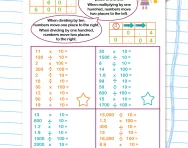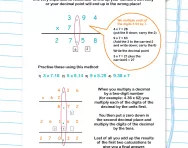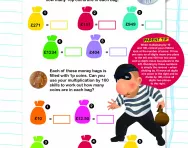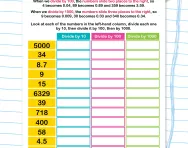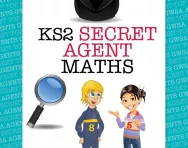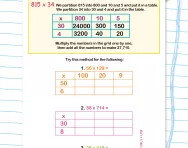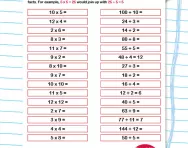TheSchoolRun.com closure date
As we informed you a few months ago, TheSchoolRun has had to make the difficult decision to close due to financial pressures and the company has now ceased trading. We had hoped to keep our content available through a partnership with another educational provider, but this provider has since withdrawn from the agreement.
As a result, we now have to permanently close TheSchoolRun.com. However, to give subscribers time to download any content they’d like to keep, we will keep the website open until 31st July 2025. After this date, the site will be taken down and there will be no further access to any resources. We strongly encourage you to download and save any resources you think you may want to use in the future.
In particular, we suggest downloading:
- Learning packs
- All the worksheets from the 11+ programme, if you are following this with your child
- Complete Learning Journey programmes (the packs below include all 40 worksheets for each programme)
You should already have received 16 primary school eBooks (worth £108.84) to download and keep. If you haven’t received these, please contact us at [email protected] before 31st July 2025, and we will send them to you.
We are very sorry that there is no way to continue offering access to resources and sincerely apologise for the inconvenience caused.
Multiplying and dividing numbers by 10, 100 and 1000 speed challenge
Are you feeling fast?
What is a Year 6 maths speed challenge?
A Year 6 maths speed challenge is a fun, timed quiz where children quickly answer maths questions. It helps them practise and get faster at solving problems with things like addition, subtraction, multiplication and division. This activity makes maths more exciting and helps improve their confidence and skills.
What are the rules for multiplying and dividing numbers by 10, 100 and 1000?
Multiplying by 10
When you multiply a number by 10, you move all the digits one place to the left. For example, 23 multiplied by 10 becomes 230.
Dividing by 10
When you divide a number by 10, you move all the digits one place to the right. For example, 230 divided by 10 becomes 23.
Multiplying by 100
When you multiply a number by 100, you move all the digits two places to the left. For example, 45 multiplied by 100 becomes 4500.
Dividing by 100
When you divide a number by 100, you move all the digits two places to the right. For example, 4500 divided by 100 becomes 45.
Multiplying by 1000
When you multiply a number by 1000, you move all the digits three places to the left. For example, 67 multiplied by 1000 becomes 67000.
Dividing by 1000
When you divide a number by 1000, you move all the digits three places to the right. For example, 67000 divided by 1000 becomes 67.
How will this speed challenge help your Year 6 child?
This fun, teacher-created resource will help your child understand the rules of multiplication and division. It will also build their confidence and help them improve, so that they can calculate mathematical problems quickly and with few mistakes.
For more help with primary school maths, check out our hub page, or try a new challenge such as our Year 6 function machine activity.

